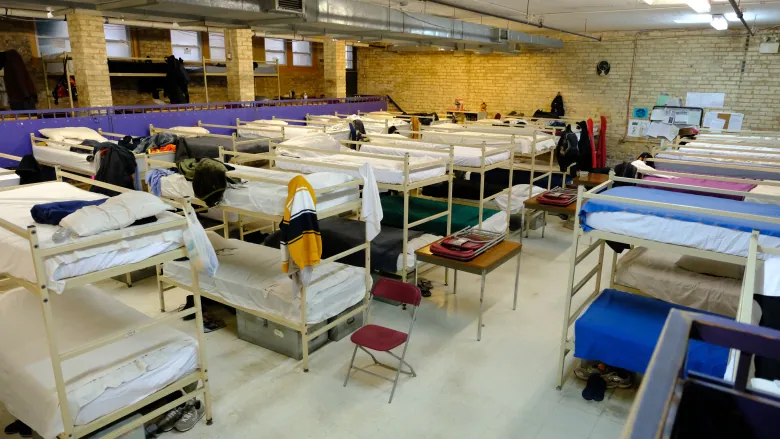Shelters and missions provide temporary housing and support services for individuals experiencing homelessness or other types of crises. The furniture used in these settings is typically functional, durable, and easy to maintain. Here are some examples:
- Beds: Shelters and missions typically provide beds for each resident, including a mattress, box spring, and frame. The beds may be twin-sized or larger depending on the size of the room.
- Lockers: Shelters and missions may provide lockers or storage compartments for residents to store their personal items.
- Chairs and tables: Shelters and missions may have dining areas where residents can eat their meals. Tables and chairs may also be used for group meetings or other activities.
- Sofas/Lounge chairs: Common areas in shelters and missions may be furnished with sofas and lounge chairs to provide a place for residents to relax and socialize.
- Desks/Chairs: For residents who need to work on job applications or other activities, desks and chairs may be provided.
- Shelving units: Shelters and missions may provide shelving units or bookcases in common areas to give residents a place to store their belongings or display their items.
Overall, the furniture used in shelters and missions is designed to be functional and practical for residents who may be experiencing a difficult time in their lives. Beds and lockers provide a safe and secure place for residents to store their personal items, while tables and chairs offer a space for meals and group meetings. Sofas and lounge chairs provide a comfortable place for residents to relax and socialize, while desks and chairs provide a workspace for job applications and other activities. Shelving units or bookcases may be provided to give residents a place to store their belongings or display their items. The furniture in shelters and missions needs to be durable, easy to clean, and able to withstand heavy use. It may also need to meet specific safety requirements to ensure the well-being of residents.







Leave A Comment